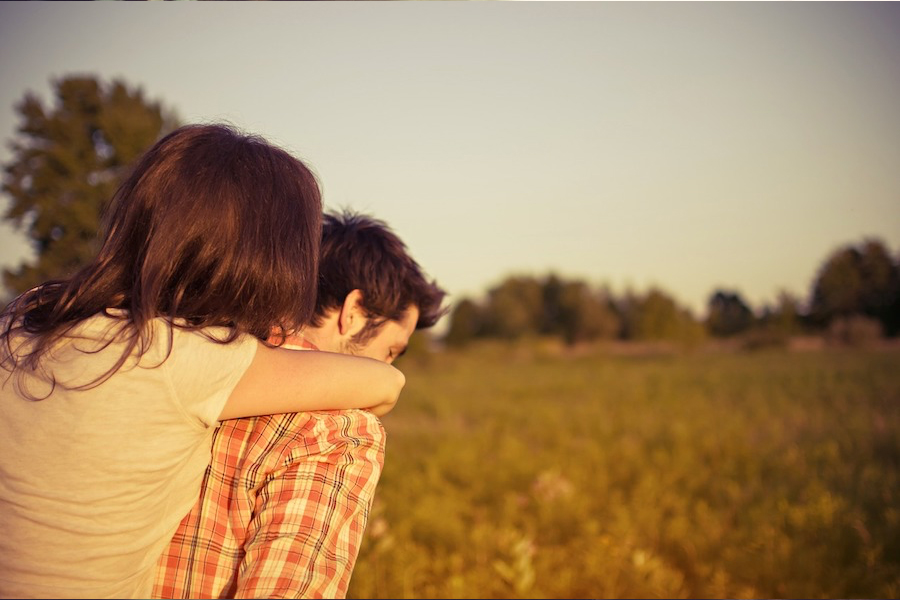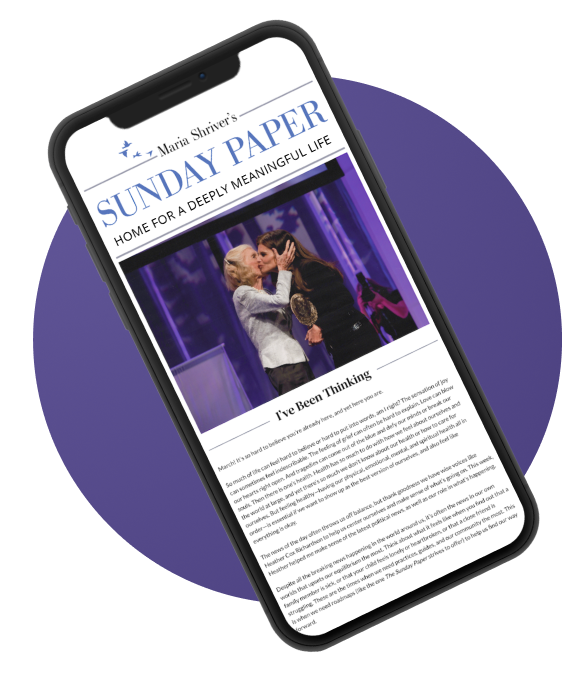Whatever language we use to describe healthy relationships, when we’re in them, we feel nourished by them, in body as well as mind. Roger, one of my students, writes: “I have love for my wife, my daughter, myself, my experiences, my friends. But what’s the commonality? For me, it’s a physical sensation that arises when I’m in a loving state. It’s not a lustful state or a friendship state. It’s that warm quality we know from practicing lovingkindness and compassion. For me, real love occurs when I’m experiencing that physical sensation.”
In fact, scientists have begun to document the far-reaching physical implications of connectedness, which range from relieving pain to enhancing the function of our nervous systems.
Richard Davidson, a neuropsychologist at the University of Wisconsin–Madison, investigated the effects of touch and companionship during stressful experiences. In a 2006 study, he and his colleagues used magnetic resonance imaging (MRI) to monitor the levels of fear and pain experienced by women when they were given mild electric shocks. When left completely alone, the women felt both fear and pain, and the areas of their brains responsible for emotion were particularly active.
However, if a member of the lab team held their hands, the women’s brains showed less fear, even though the physical pain remained. And when the women’s husbands held their hands during the shocks, their brain activity calmed down markedly at every level. It turned out that the calming effect was directly proportional to the connection they felt with their comforter.
Science tells us that love not only diminishes the experience of physical pain but can make us—and our beloveds—healthier. Barbara Fredrickson has studied what she terms micro-moments of connection. “It’s when you share a genuine positive feeling with another living being,” she explained to the audience at a talk in New York.
“It could be laughing with a friend, or hugging your neighbor with compassion, or it could be smiling at a baby. It doesn’t even need to be your baby. It could be the baby on the plane.”
Fredrickson shared that science suggests these micro-moments may be more powerful than we think. Research found that when one person’s smiles, gestures, and postures began to be mirrored by the other person, the synchronization was more than skin deep.
“When you’re really connecting with somebody else,” Fredrickson said, “your heart rhythms come into sync; your biochemistries come into sync. Even your neural rings come into sync.” What’s more, that biological resonance of good feeling and goodwill has lasting effects. Increasing the quantity of micro-moments supports the function of the vagus nerve, the long cranial nerve that wends its way from the brain to the abdomen, enhancing the body’s ability to slow a racing heart and regulate inflammation and glucose levels.
“This isn’t just about your health,” Fredrickson said, “because when you’re really connecting with someone else, your heart is getting a mini-tune-up and so is theirs. The more you connect, the more you fortify this wiring to connect, and the more you lower your odds of having a heart attack and increase your odds of living a long, happy, and healthy life.”
Fredrickson says it gives her goose bumps to realize that merely smiling at someone can have significant health consequences. In her own life, she now sees every interaction as an opportunity to make those micro-moments happen, whether it’s through playing with her cats and two sons or smiling at the toddler on the plane. “It’s all part of a magic that keeps our bonds strong and our hearts healthy,” she said. “So stop waiting for the cupid’s arrow or the lightning bolt to choose you. Choose love. Choose to connect with the people in your midst.”
So, how do we love another skillfully? How do we take our beautiful and pure intentions and find expression for them? How do we contend with loss, disappointment, and hurt? And how do we stay vulnerable enough to experience real love, knowing that it’s impermanent?
In a nutshell: one moment at a time. But of course there’s more to it than that: simple, but not easy.
One foundation of loving relationships is curiosity, keeping open to the idea that we have much to learn even about those who we have been close to for decades.
Here’s one exercise for finding ways to pay attention to our relationships with greater intention—to open up, to cultivate curiosity, to recognize the in nite potential to feel awe in our lives.
1. Start by paying attention to each of your interactions with more focus. Notice if the intentions you bring to different interactions vary depending on who it is you are engaging with. Are you more closed off to some? Carrying certain assumptions with others? Try to notice any urges, expectations, yearnings, and judgments you may have as they come up. You don’t have to push them away, but recognize how they might be affecting your perspective.
2. Within each interaction you have, try to notice something surprising, or to try a new mode of interacting. Maybe you had never made such deliberate eye contact with a given person before—and doing so makes you see them in a new way. Perhaps you tend toward steering conversations with friends; maybe you commit to practicing more restraint, allowing your friend to take the lead. You may find you see your friend in a new light.
3. Consider the following open-ended questions to ask friends, family members, significant others, and acquaintances. Surely there are some situations that may not be ideal for these questions, but even considering in your own head how different individuals may answer them can help us sustain a sense of curiosity.
Questions You Can Also Ask:
-What’s one of your most poignant memories from childhood?
-Is there a certain poem, piece of music, or work of art you’ve encountered that has moved you in a memorable way?
-What experiences do you associate with each of the seasons?
-Have you ever had a job you don’t often think about?
-What’s your favorite time of day?
-Who was the person you felt closest to during your early childhood? Adolescence?
-Where in the world do you feel warmest and safest?
-How do you relax?
Asking questions is an opportunity for creativity and personal expression, both for the person asking and the person answering. Feel free to come up with some of your own questions to help bring more attention and curiosity to your interactions, but make sure to recognize your intentions consistently. Resolve to bring more mindfulness to the connection between your larger aspiration to find deeper connection and awe in your relationships at large, and the small gestures that comprise your everyday encounters.
This excerpt was printed with permission from Sharon Salzberg’s new book Real Love: The Art of Mindful Connection. Publisher: Flatiron Books, 2017.


